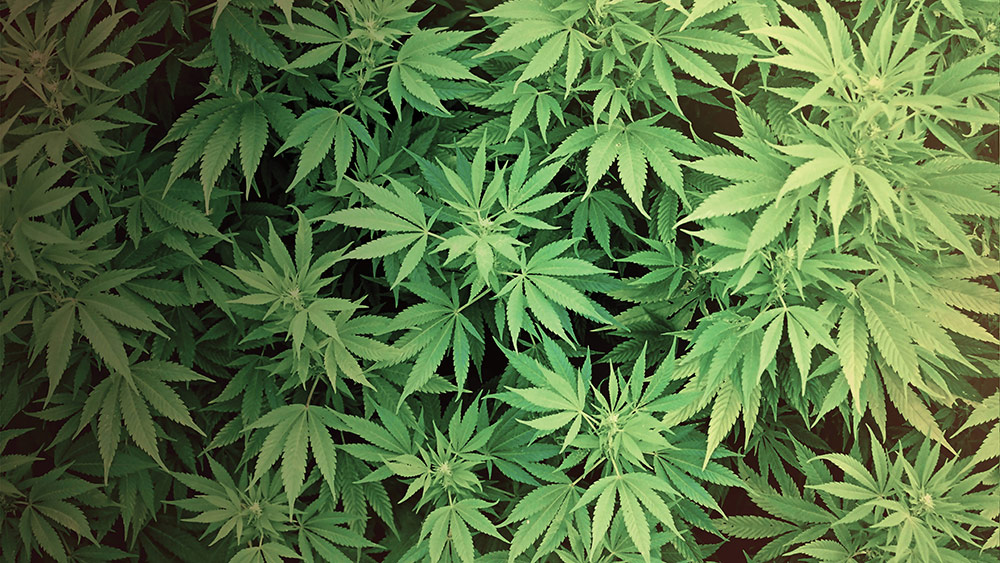A team of researchers at the University of Minnesota (UM, USA) argue in a study that delineating “hemp” from “marijuana” based on THC content alone doesn’t match the plant’s biology, and propose using the ratio of THC to CBD as a framework for distinguishing THC-type from CBD-type plants.
That’s a key conclusion presented in a study from which the UM team developed a genetic test that can predict whether a plant will produce mostly the CBD or THC molecule.
Understanding the genetic basis for CBD-type and THC-type plants has implications for the U.S. Department of Agriculture and state industrial hemp programs, the team said, suggesting that cultivation seeds could be certified based on genetics to guarantee consistency and quality – and assure farmers know what they are putting in the ground.
Redefining hemp?
“A decolonized definition recognizing THC-type, CBD-type, intermediate‐type, and CBG‐type plants would be more accurate botanically and perhaps more practical as the use and regulation of C. sativa continues to expand and diversify,” the authors argue in a conclusion to the study underlying development of the test.
“The presence of more than one of the three cannabinoid classes in feral, industrial, and clinical populations renders the dichotomy between ‘hemp’ and ‘marijuana’ meaningless from a botanical perspective,” the authors write.
The UM the test was developed primarily to help farmers determine when their hemp plants may go “hot” or over the 0.3% THC limit while eliminating the need for periodic THC testing. Crops that go over the limit must be destroyed, with the expected economic hit to growers.
“We hope this new test can assist in new seed certification for the hemp industry,” said George Weiblen, a professor in the UM College of Biological Sciences and Science Director & Curator of Plants at the Bell Musea, who led the study. “For hemp to take off in Minnesota and elsewhere, there must be ways to assure growers they won’t have to destroy their crops at the end of the season.”
Genetics as predictor
The research team looked at three different hemp varieties, feral cannabis known as “ditch weed,” and marijuana samples from the National Institute on Drug Abuse. Researchers compared genetic markers with the ratio of THC versus CBD, and then verified that genetics were a good predictor of the ratio.
The 0.3% level that currently delineates “hemp” from “marijuana” is based on a highly recognized study by American plant scientists Ernest Small and Arthur Cronquist carried out in the 1970s on behalf of the International Association for Plant Taxonomy (IAPT). The 0.3% benchmark, which even Small has said is an arbitrary border, was taken up in Europe and Canada at the end of the 20th century and, eventually, in the United States when the U.S. Farm Bill of 2014 allowed American growers to re-start the domestic industry.
The UM researchers found that some “ditch weed,” which they say descended from fiber hemp grown in Minnesota during WWII, contained both CBD-type and THC-type plants. Wieblen said that finding THC-type plants in a field of “ditch weed” is rare, a 1 in 100 chance, and the THC level of those plants is much lower than what marijuana users seek.
CBD discovered in Minnesota
Interestingly, the UM research suggests that the discovery of CBD can be traced to Minnesota where scientists first isolated it from fiber-type hemp in the 1930s. Loss of access to Philippine fiber during World War II prompted the U.S. government to temporarily license and subsidize hemp growing in Minnesota, leading to feral hemp throughout the U.S. upper midwest. It was this feral “ditch weed” that was among the hemp looked at in the UM research.
The study also reported that impurities in some varieties of seed imported from Canada for analysis proved to be 100% pure CBD-type, but a few had too much THC to meet the legal definition of industrial hemp.
The researchers also take the opportunity of their research paper to lament lost years of cannabis research, noting “the dichotomy between ‘hemp’ and ‘marijuana’ perpetuates culturally biased and pejorative assumptions about C. sativa that have hindered scientific investigation for nearly a century.”
But they also expressed optimism: “Rooted in colonial history, North American C. sativa has literally and figuratively escaped from that past, adapting and thriving today across a diverse array of natural ecosystems and engineered systems.”

